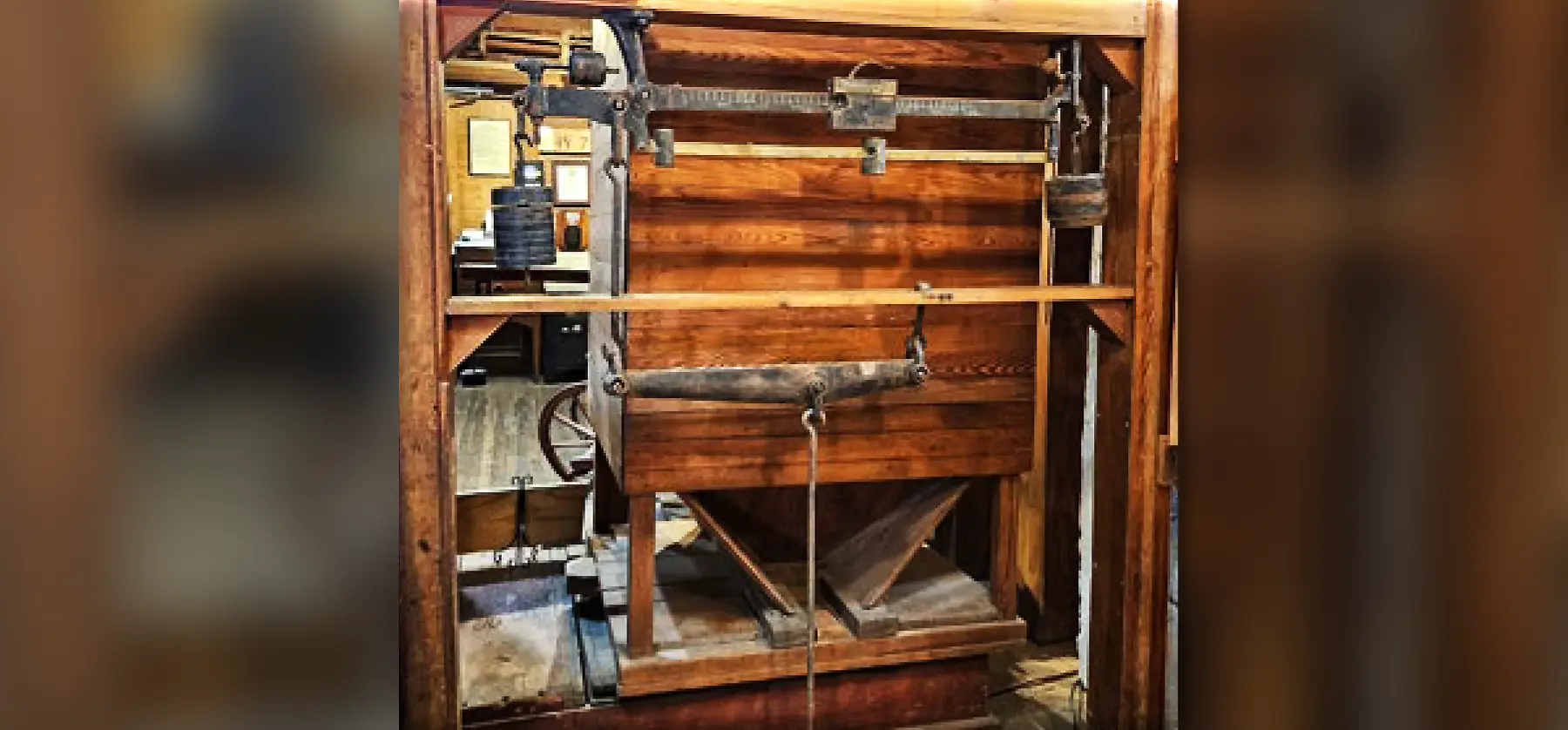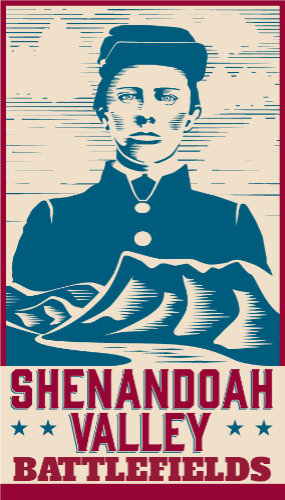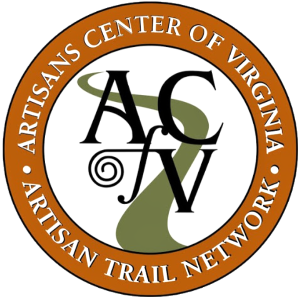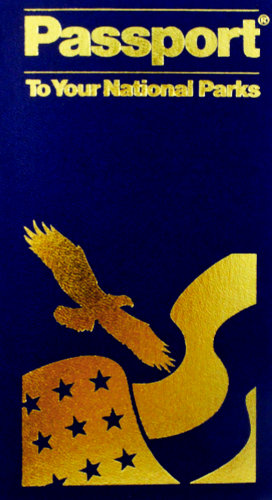Shenandoah Valley Cultural Heritage Museum
Shenandoah Valley
Cultural Heritage Museum
Could have spent all day here. Really superb, Thank you (p. Invernes Scotland)
Thank you for saving history
Love your brooms
My second time to the Mill. So interesting!
We truly believe the museum is historic and worthwhile to pursue
Good job!!!
Thanks for having us. This place is COOL!
One of the best local history Museums I have ever visited. Every display was a fun window into the past. It also has the very best collection of American Red Cross artifacts of any single place I have ever visited.
I hope this place is around for a long time, as I want to bring other history lovers to this treasure.
This is one of the best museum of this kind we have visited in 30 years travel cross country – be proud. The movie was so unique. (From: a museum curator in New Hampshire)
One of the best! We will be back
Friendly staff. Beautiful museum
Spectacular preservation and use

By Dan Harshman
Before I begin, I first must explain a change that was made in 1979 at the Edinburg Mill. The area that now serves as the upper level of the Museum’s gift shop at the front of the Mill was an open drive-through during the years when the Mill was in operation. The lower area of the gift shop was the office—wagons, and later trucks, were driven through the open space between the office and the main building. The upper gift shop area, as well as the main double door entrance to our Museum, was constructed during the restaurant conversion in 1979.
Prior to that time the drive-through was used to deliver grain which would have been weighed when the vehicle pulled onto a scale plate located there. This would have been a Fairbanks “Drive Through” Scale that was capable of weighing as much as four tons.
We are not sure where the actual scale was located. It could have been in the office or the main building. We found it in a closet on the second floor during our work on the Museum. It has been reassembled using lumber original to the Mill to illustrate how it might have looked when in use, and is now on the first floor of the Museum.
The Fairbanks Scales manufacturing company was founded in 1830 by Thaddeus and Erastus Fairbanks in St. Johnsbury, Vermont. Thaddeus was a wagon maker by trade and built a foundry in 1823 to manufacture two of his inventions, a cast iron plow and a stove. His brother, Erastus joined him in 1824 to form the E&T Fairbanks Company. They believed the weighing systems of the time to be inaccurate and Thaddeus began work on developing a better device. In 1830, he built his first real scale and applied for a patent.
By the Civil War, Fairbanks scales were the best known American made product in the world. Around 1867 the US Post Office ordered 3,000 postal scales in various capacities. By 1882, more than 80,000 Fairbanks scales were produced annually, and by 1897 the Company had 113 patents for inventions and improvements in weighing.
We have two other Fairbanks scales on exhibit in the Museum. There is a small mercantile size scale, also located on the first floor, which would have been a common sight in many different types of businesses. There is also a Fairbanks Standard #8 Railroad Platform Scale located on the second floor as part of the Railroad display. This scale actually came from a depot in Durbin, West Virginia, however you could have seen it in any of our depots here in the Valley in the late 1800s.
There is another mercantile scale on display just down the hall from our Railroad display. This one is definitely a local piece and was used in the Hugh Saum Hardware Store that was located on Edinburg’s Main Street for many years. The scale was made by the Acme Scale Company of Greenwich, New York; and used to weigh nails and other hardware in the early 1900s. You can still see the Calibration Dates stamped along the edge of the brass nail scoop dating from 1908 through 1923.
We have two additional scales on display that are also original to our Edinburg Mill. The first is a Howe Scale, and you can see it on the first floor of the Museum tucked in with our display of wooden wheelbarrows. This smaller platform scale was probably used to weigh individual sacks of feed and flour. Howe warranted their scales to be “THE BEST, MOST ACCURATE, SENSITIVE AND DURABLE. NO CHECK RODS-NO FRICTION ON PIVOTS-THE ONLY BALL BEARING SCALE MADE”.
The second scale is our large Gump Scale that is also located on the first floor and is built in as an important part of the Mill’s operation. It was made by the B.F. Gump Company, no relation to Forrest. The B.F. Gump Company is located in Chicago and they have been in the flour milling equipment business since 1872, and are still in business today.
Flour or Feed was loaded into the scale from the top and a bell would sound when the box at the rear of the scale was full. Bags would then have been filled from below and moved to the basement through the box/shute that is still located right in front of the Gump Scale. If you have been to the restaurant in the lower level of the Mill you might have noticed a large old wooden door behind the bar at the front of the building. This door originally opened onto the drive-through between the old office and the main building. From here, the full sacks could easily be loaded onto a waiting wagon or truck.
As I was nearing the end of this article, I remembered one more scale that we have on display at the Museum. It is a penny scale that is in our Drug Store exhibit on the second floor. This particular scale came from Dinges Drugstore, another Edinburg business from years gone by. Today it is normal for a home to have at least one bathroom scale. We might not always want to use it, but it is ready and willing to ruin our day anytime we chose to step on it.
This was not the case in the late 19th and early 20th centuries. If you wanted to check your weight back then, you either went to a doctor or spent a penny. Your penny might even get you your fortune or a horoscope reading in addition to your weight. Scales like these were found at many types of businesses. I hope this month’s article has sparked your interest to wander through the Museum and weigh all your options for weighing things large and small.
Could have spent all day here. Really superb, Thank you (p. Invernes Scotland)
Thank you for saving history
Love your brooms
My second time to the Mill. So interesting!
We truly believe the museum is historic and worthwhile to pursue
Good job!!!
Thanks for having us. This place is COOL!
One of the best local history Museums I have ever visited. Every display was a fun window into the past. It also has the very best collection of American Red Cross artifacts of any single place I have ever visited.
I hope this place is around for a long time, as I want to bring other history lovers to this treasure.
This is one of the best museum of this kind we have visited in 30 years travel cross country – be proud. The movie was so unique. (From: a museum curator in New Hampshire)
One of the best! We will be back
Friendly staff. Beautiful museum
Spectacular preservation and use

By Dan Harshman
Before I begin, I first must explain a change that was made in 1979 at the Edinburg Mill. The area that now serves as the upper level of the Museum’s gift shop at the front of the Mill was an open drive-through during the years when the Mill was in operation. The lower area of the gift shop was the office—wagons, and later trucks, were driven through the open space between the office and the main building. The upper gift shop area, as well as the main double door entrance to our Museum, was constructed during the restaurant conversion in 1979.
Prior to that time the drive-through was used to deliver grain which would have been weighed when the vehicle pulled onto a scale plate located there. This would have been a Fairbanks “Drive Through” Scale that was capable of weighing as much as four tons.
We are not sure where the actual scale was located. It could have been in the office or the main building. We found it in a closet on the second floor during our work on the Museum. It has been reassembled using lumber original to the Mill to illustrate how it might have looked when in use, and is now on the first floor of the Museum.
The Fairbanks Scales manufacturing company was founded in 1830 by Thaddeus and Erastus Fairbanks in St. Johnsbury, Vermont. Thaddeus was a wagon maker by trade and built a foundry in 1823 to manufacture two of his inventions, a cast iron plow and a stove. His brother, Erastus joined him in 1824 to form the E&T Fairbanks Company. They believed the weighing systems of the time to be inaccurate and Thaddeus began work on developing a better device. In 1830, he built his first real scale and applied for a patent.
By the Civil War, Fairbanks scales were the best known American made product in the world. Around 1867 the US Post Office ordered 3,000 postal scales in various capacities. By 1882, more than 80,000 Fairbanks scales were produced annually, and by 1897 the Company had 113 patents for inventions and improvements in weighing.
We have two other Fairbanks scales on exhibit in the Museum. There is a small mercantile size scale, also located on the first floor, which would have been a common sight in many different types of businesses. There is also a Fairbanks Standard #8 Railroad Platform Scale located on the second floor as part of the Railroad display. This scale actually came from a depot in Durbin, West Virginia, however you could have seen it in any of our depots here in the Valley in the late 1800s.
There is another mercantile scale on display just down the hall from our Railroad display. This one is definitely a local piece and was used in the Hugh Saum Hardware Store that was located on Edinburg’s Main Street for many years. The scale was made by the Acme Scale Company of Greenwich, New York; and used to weigh nails and other hardware in the early 1900s. You can still see the Calibration Dates stamped along the edge of the brass nail scoop dating from 1908 through 1923.
We have two additional scales on display that are also original to our Edinburg Mill. The first is a Howe Scale, and you can see it on the first floor of the Museum tucked in with our display of wooden wheelbarrows. This smaller platform scale was probably used to weigh individual sacks of feed and flour. Howe warranted their scales to be “THE BEST, MOST ACCURATE, SENSITIVE AND DURABLE. NO CHECK RODS-NO FRICTION ON PIVOTS-THE ONLY BALL BEARING SCALE MADE”.
The second scale is our large Gump Scale that is also located on the first floor and is built in as an important part of the Mill’s operation. It was made by the B.F. Gump Company, no relation to Forrest. The B.F. Gump Company is located in Chicago and they have been in the flour milling equipment business since 1872, and are still in business today.
Flour or Feed was loaded into the scale from the top and a bell would sound when the box at the rear of the scale was full. Bags would then have been filled from below and moved to the basement through the box/shute that is still located right in front of the Gump Scale. If you have been to the restaurant in the lower level of the Mill you might have noticed a large old wooden door behind the bar at the front of the building. This door originally opened onto the drive-through between the old office and the main building. From here, the full sacks could easily be loaded onto a waiting wagon or truck.
As I was nearing the end of this article, I remembered one more scale that we have on display at the Museum. It is a penny scale that is in our Drug Store exhibit on the second floor. This particular scale came from Dinges Drugstore, another Edinburg business from years gone by. Today it is normal for a home to have at least one bathroom scale. We might not always want to use it, but it is ready and willing to ruin our day anytime we chose to step on it.
This was not the case in the late 19th and early 20th centuries. If you wanted to check your weight back then, you either went to a doctor or spent a penny. Your penny might even get you your fortune or a horoscope reading in addition to your weight. Scales like these were found at many types of businesses. I hope this month’s article has sparked your interest to wander through the Museum and weigh all your options for weighing things large and small.
• Handicapped Accessible • Elevator, Ramps & Chair-lift • Ample Parking

By Dan Harshman
Before I begin, I first must explain a change that was made in 1979 at the Edinburg Mill. The area that now serves as the upper level of the Museum’s gift shop at the front of the Mill was an open drive-through during the years when the Mill was in operation. The lower area of the gift shop was the office—wagons, and later trucks, were driven through the open space between the office and the main building. The upper gift shop area, as well as the main double door entrance to our Museum, was constructed during the restaurant conversion in 1979.
Prior to that time the drive-through was used to deliver grain which would have been weighed when the vehicle pulled onto a scale plate located there. This would have been a Fairbanks “Drive Through” Scale that was capable of weighing as much as four tons.
We are not sure where the actual scale was located. It could have been in the office or the main building. We found it in a closet on the second floor during our work on the Museum. It has been reassembled using lumber original to the Mill to illustrate how it might have looked when in use, and is now on the first floor of the Museum.
The Fairbanks Scales manufacturing company was founded in 1830 by Thaddeus and Erastus Fairbanks in St. Johnsbury, Vermont. Thaddeus was a wagon maker by trade and built a foundry in 1823 to manufacture two of his inventions, a cast iron plow and a stove. His brother, Erastus joined him in 1824 to form the E&T Fairbanks Company. They believed the weighing systems of the time to be inaccurate and Thaddeus began work on developing a better device. In 1830, he built his first real scale and applied for a patent.
By the Civil War, Fairbanks scales were the best known American made product in the world. Around 1867 the US Post Office ordered 3,000 postal scales in various capacities. By 1882, more than 80,000 Fairbanks scales were produced annually, and by 1897 the Company had 113 patents for inventions and improvements in weighing.
We have two other Fairbanks scales on exhibit in the Museum. There is a small mercantile size scale, also located on the first floor, which would have been a common sight in many different types of businesses. There is also a Fairbanks Standard #8 Railroad Platform Scale located on the second floor as part of the Railroad display. This scale actually came from a depot in Durbin, West Virginia, however you could have seen it in any of our depots here in the Valley in the late 1800s.
There is another mercantile scale on display just down the hall from our Railroad display. This one is definitely a local piece and was used in the Hugh Saum Hardware Store that was located on Edinburg’s Main Street for many years. The scale was made by the Acme Scale Company of Greenwich, New York; and used to weigh nails and other hardware in the early 1900s. You can still see the Calibration Dates stamped along the edge of the brass nail scoop dating from 1908 through 1923.
We have two additional scales on display that are also original to our Edinburg Mill. The first is a Howe Scale, and you can see it on the first floor of the Museum tucked in with our display of wooden wheelbarrows. This smaller platform scale was probably used to weigh individual sacks of feed and flour. Howe warranted their scales to be “THE BEST, MOST ACCURATE, SENSITIVE AND DURABLE. NO CHECK RODS-NO FRICTION ON PIVOTS-THE ONLY BALL BEARING SCALE MADE”.
The second scale is our large Gump Scale that is also located on the first floor and is built in as an important part of the Mill’s operation. It was made by the B.F. Gump Company, no relation to Forrest. The B.F. Gump Company is located in Chicago and they have been in the flour milling equipment business since 1872, and are still in business today.
Flour or Feed was loaded into the scale from the top and a bell would sound when the box at the rear of the scale was full. Bags would then have been filled from below and moved to the basement through the box/shute that is still located right in front of the Gump Scale. If you have been to the restaurant in the lower level of the Mill you might have noticed a large old wooden door behind the bar at the front of the building. This door originally opened onto the drive-through between the old office and the main building. From here, the full sacks could easily be loaded onto a waiting wagon or truck.
As I was nearing the end of this article, I remembered one more scale that we have on display at the Museum. It is a penny scale that is in our Drug Store exhibit on the second floor. This particular scale came from Dinges Drugstore, another Edinburg business from years gone by. Today it is normal for a home to have at least one bathroom scale. We might not always want to use it, but it is ready and willing to ruin our day anytime we chose to step on it.
This was not the case in the late 19th and early 20th centuries. If you wanted to check your weight back then, you either went to a doctor or spent a penny. Your penny might even get you your fortune or a horoscope reading in addition to your weight. Scales like these were found at many types of businesses. I hope this month’s article has sparked your interest to wander through the Museum and weigh all your options for weighing things large and small.




